Millet dosa is a delicious variation of the regular rice-based dosa. My recipe uses foxtail millet and pearl millet along with black gram. The batter for millet dosa is fermented like regular dosa batter and tastes delicious with coconut cilantro chutney and vegetable sambar.
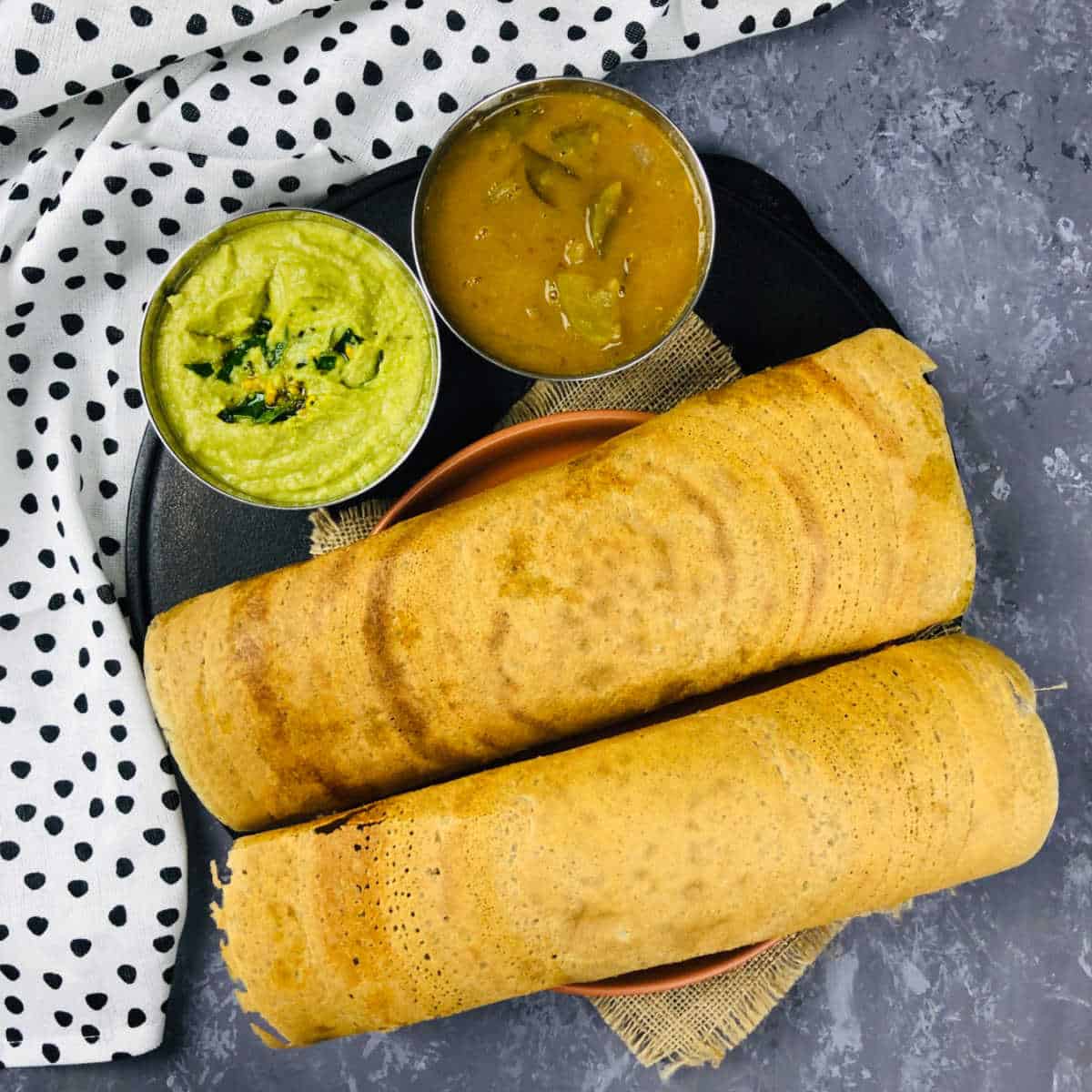
Why you will love this recipe?
- Gluten-free: Millet is gluten-free, making millet dosa a suitable option for people who do not eat gluten.
- Tasty and versatile: Millet dosa is easy to make and can be customized with various fillings or toppings, making it a delicious and versatile breakfast or snack option.
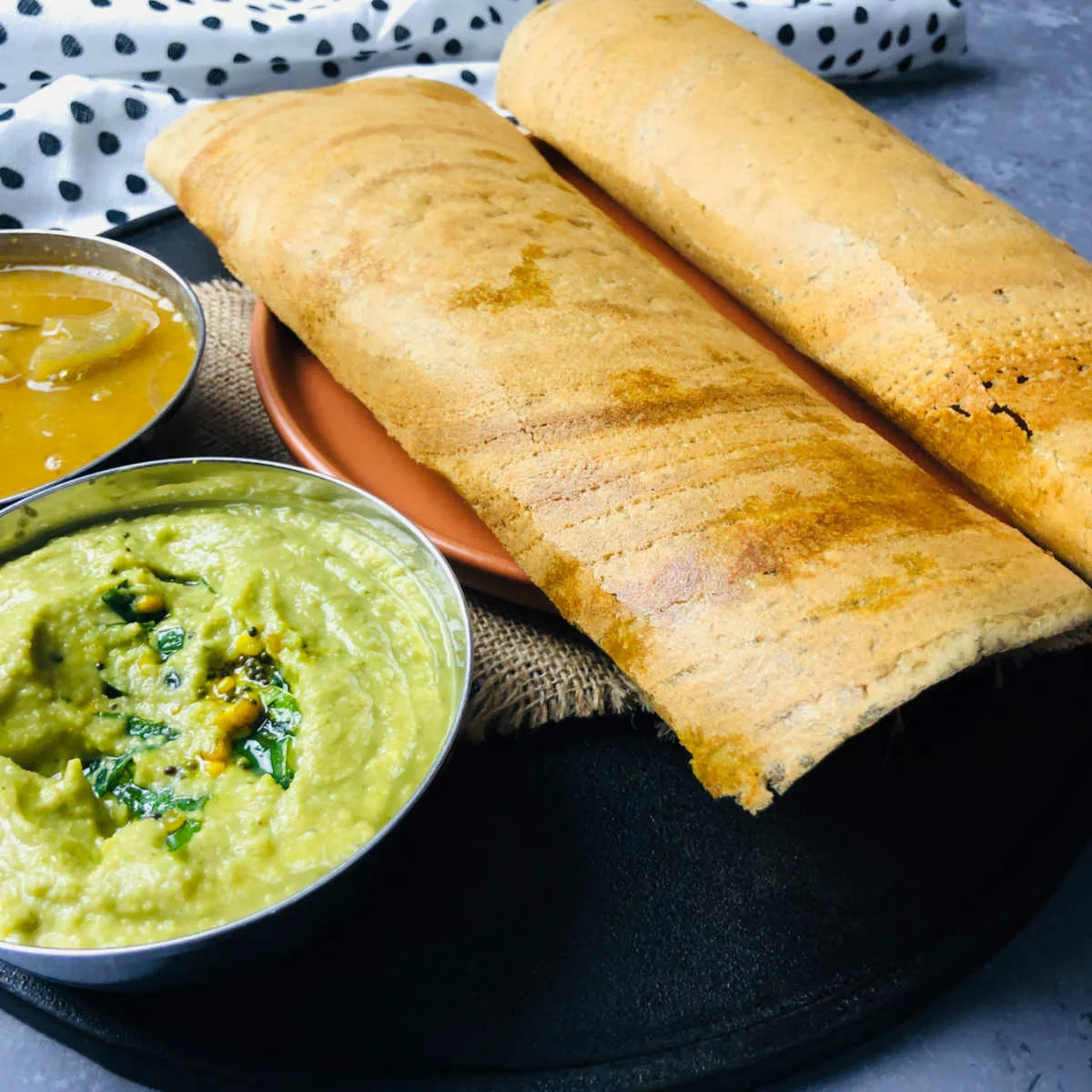
Ingredients
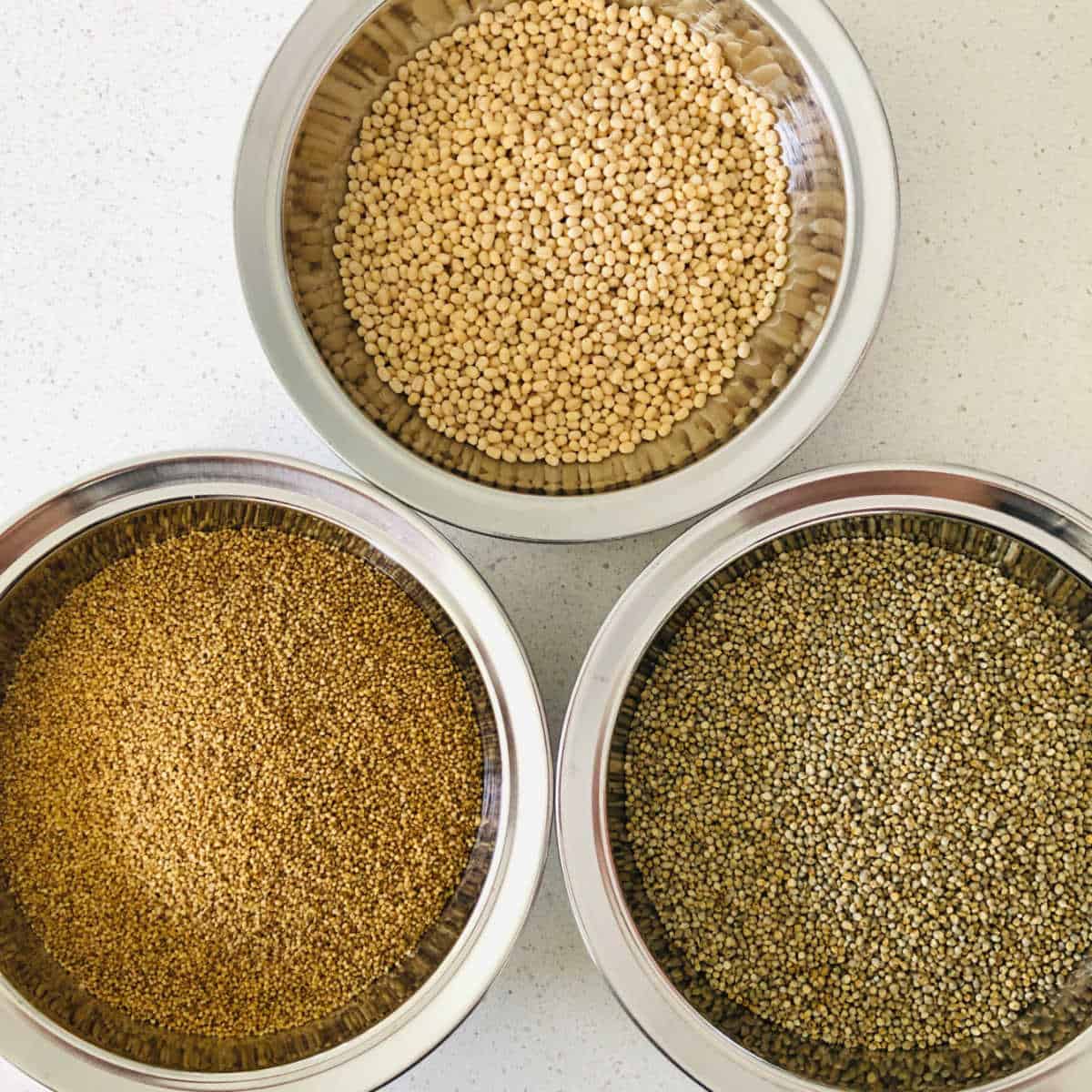
Millets: I use foxtail millet and pearl millet in this recipe. Various types of millets can be used in this recipe, like barnyard millet, kodo millet, and little millet.
Skinned black gram: I use skinned black gram (urad dal). Whole unskinned black gram (sabut urad) can be used as well.
Fenugreek seeds: A small quantity of fenugreek seeds is used in dosa batter.
Step-by-step instructions
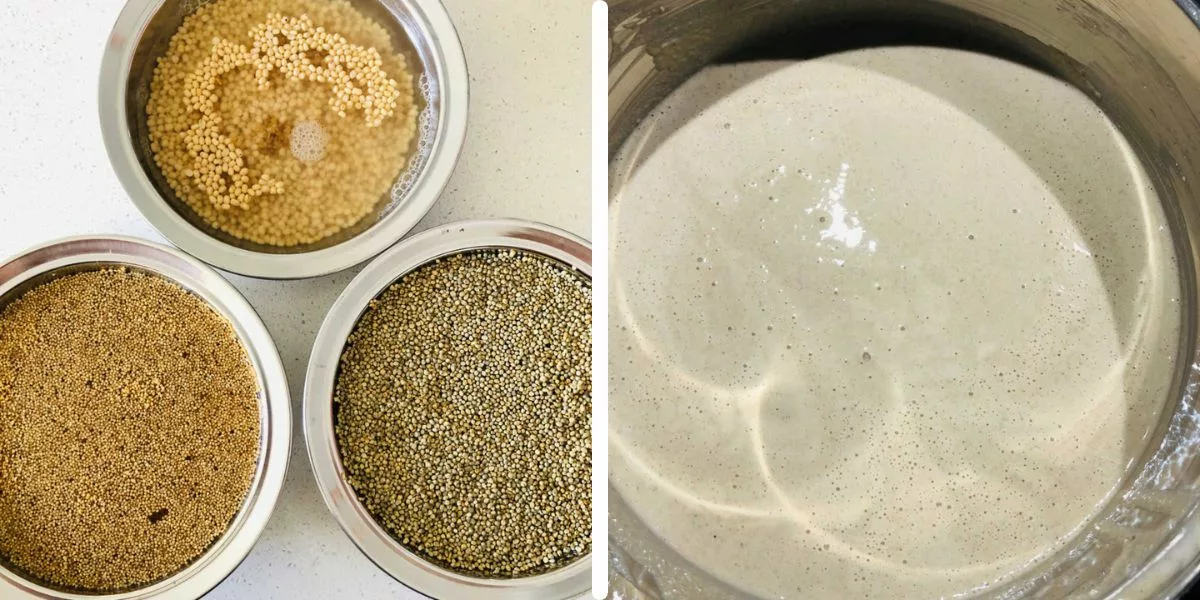
Step 1: Wash and soak the millets and urad dal separately in enough water. Once they are soaked, drain the excess water.
Step 2: Grind the soaked millet and urad dal separately into a smooth paste using less water and mix well. Use a high-power blender or Indian mixer jar for grinding to grind millets into a fine paste. Let the batter sit for fermentation in a warm place (see tips section below).
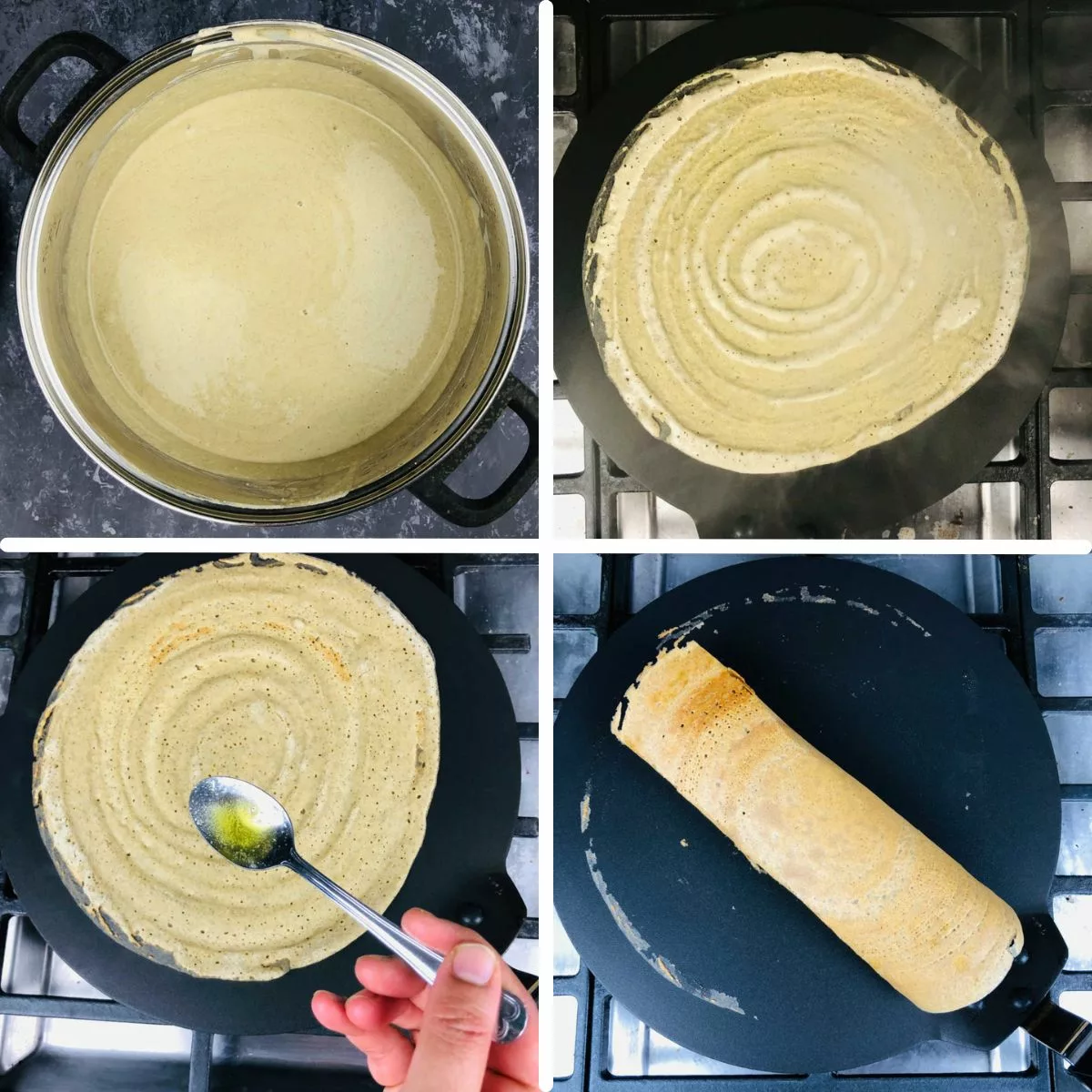
Step 3: Add salt to the fermented millet batter and mix well.
Step 4: Take a ladleful of batter and pour it into the center of the dosa pan or tawa. Using the ladle or a small bowl, gently spread the batter in a circular motion.
Step 5: Pour ghee or oil onto the dosa.
Step 6: Carefully fold the crispy dosa once done.
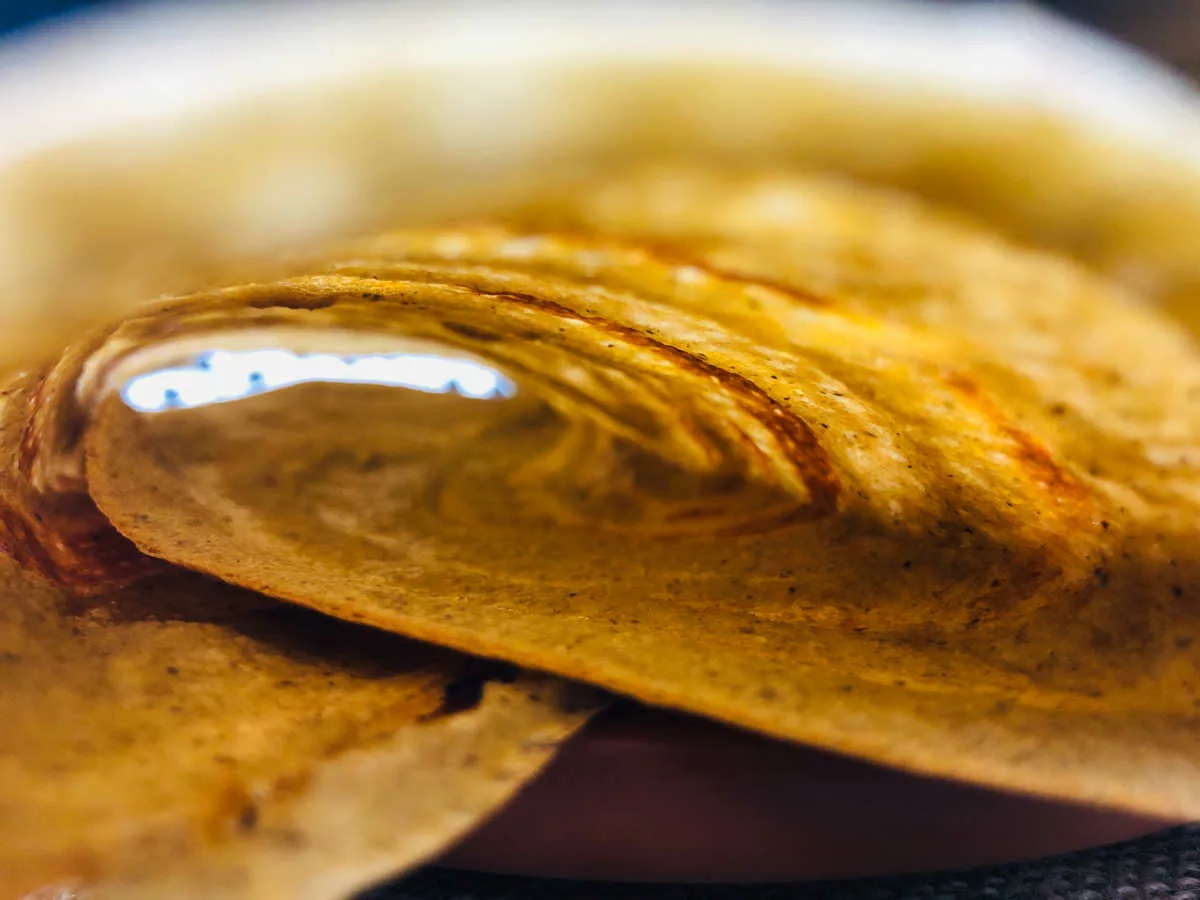
Expert Tips
Soak the dal and different millets in filtered water where possible. The chlorine in tap water inhibits the growth of bacteria. This is particularly important in cold regions and if you are making dosa for the first time.
Do not skip on fenugreek seeds (methi seeds). This not only aids in the fermentation of the batter but also helps make the dosa crispy and golden.
Add a little water when grinding the batter. If needed, add more water later to adjust the consistency. Keep in mind the batter should not be very runny, and at the same time, it cannot be too thick. The batter consistency should be similar to the regular dosa batter or pancake batter.
I use foxtail millet and pearl millet in my recipe. Barnyard millet, Kodo millet, and little millet can also be used. You may also replace skinned urad dal with black urad dal, but note that this will give a distinctive taste and darker color to the dosa.
This dosa also tastes great with hurali sambar.
Serving Suggestions
Millet dosa is traditionally served with a variety of flavorful accompaniments in South Indian cuisine. Common options include coconut chutney, tomato chutney, sambar (a lentil-based vegetable stew with spices), and even a simple side of idli podi (a dry spice powder).
You can serve the crisp dosa with any chutney of your choice. These dosas also taste great with avial.
Recipe FAQs
Yes, millet dosa is naturally gluten-free as it does not contain wheat or any gluten-containing grains.
For quick millet dosa without fermentation, use millet flour. Combine 1 cup of millet flour, ¼ cup yogurt, ½ teaspoon salt, and water for a slightly thin batter. Rest for 15 minutes, then prepare dosas as instructed in this recipe. Whole millet grains can't be used for this method.
Store dosa batter in the fridge, portioning out what you need and placing the rest in an airtight container. It stays fresh for up to a week. Ensure it reaches room temperature and mix well before making dosa. It can be stored before or after adding salt without much difference in taste or texture.
Ferment millet dosa batter in a warm, dark place, with fermentation times varying by season. Use non-transparent containers like steel, traditionally covered loosely, for overnight fermentation. Alternatively, you can ferment it in a yogurt-making setup like an
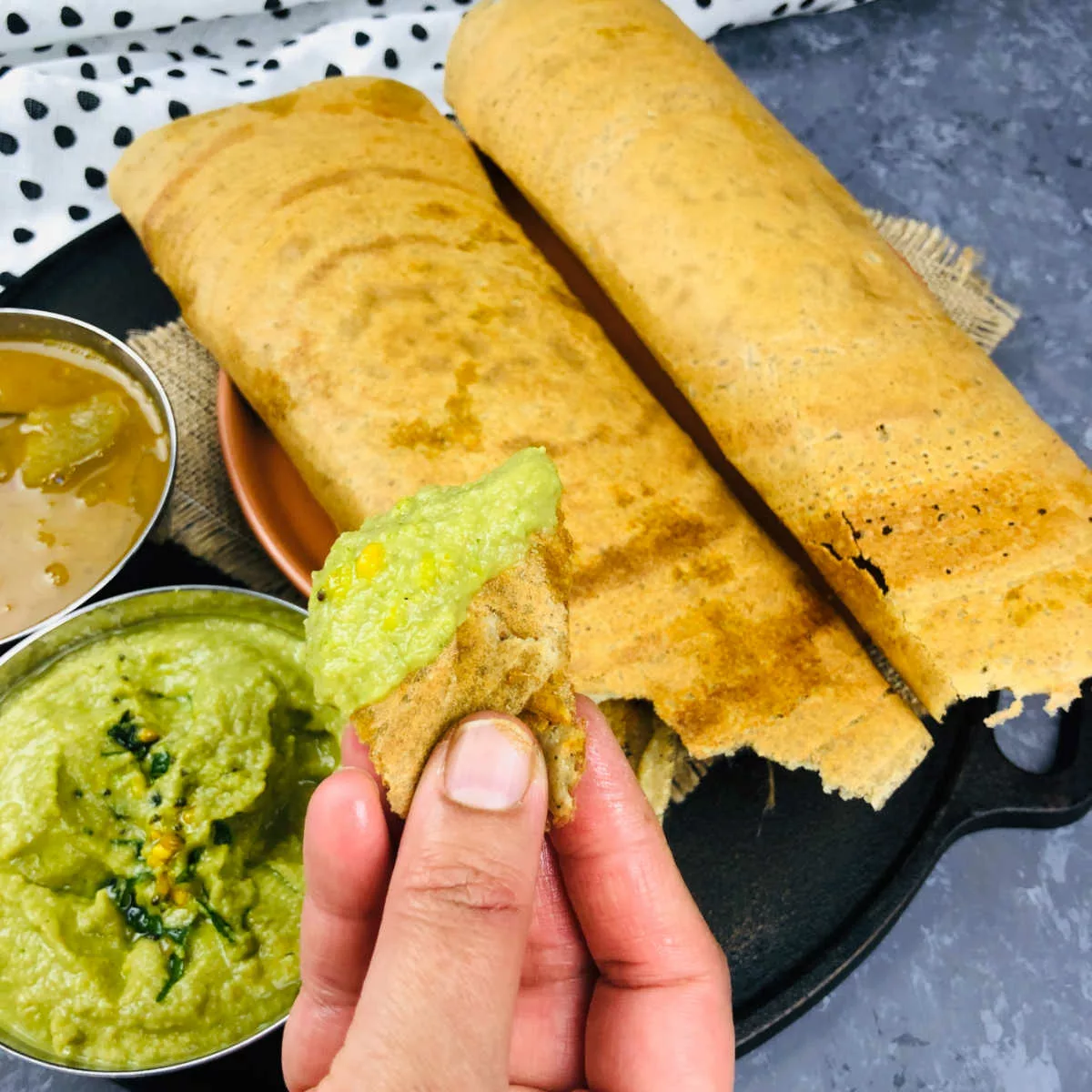
More millet recipes
If you tried this Millet Dosa Recipe or any other recipe on my website, please leave a ? star rating and let me know how it went in the ? comments below.
Recipe card
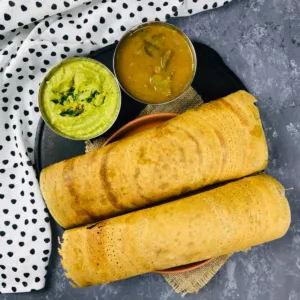
Millet Dosa
Equipment
- Dosa tawa or nonstick crepe pan
Ingredients
- 1½ cup foxtail millet kangni
- 1½ cup pearl millet bajra
- ¾ cup skinned black gram urad dal
- ¼ teaspoon fenugreek seeds methi
- 2 teaspoon salt
Instructions
Making the batter:
- Place foxtail millet, pearl millet, and urad dal in separate bowls. Wash them thoroughly and drain the water.
- Add fresh water and soak them for 5-6 hours. Drain the water from both the millets and urad dal.
- Grind the urad dal by adding little water until it is smooth. Transfer to a large bowl.
- Next, grind the millets separately by adding little water as needed. Transfer it to the bowl along with urad dal. Mix the batter well.
- Let it sit for fermentation overnight. The batter is ready to be used once it is well fermented
Making the dosa:
- Add salt to the batter and mix well. Place a dosa tawa on medium heat and let it heat up.
- Take a ladle full of batter and pour it into the center of the tawa. Using the ladle or a small bowl gently spread the batter in a circular motion.
- Pour a teaspoon of oil or ghee onto the dosa. Cook on medium heat until it is golden brown.
- Fold the dosa as desired and remove it from tawa.
- Sprinkle some water and clean the tawa before making the next dosa. Repeat with the rest of the batter.
- Serve hot with chutney and sambar.

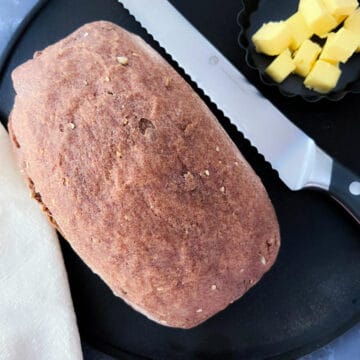
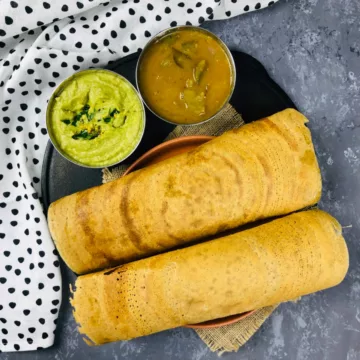
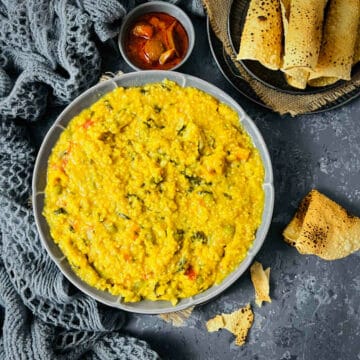
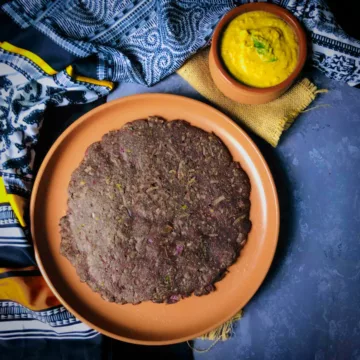
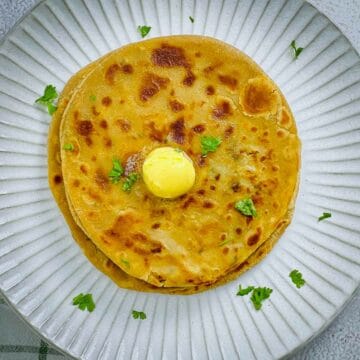
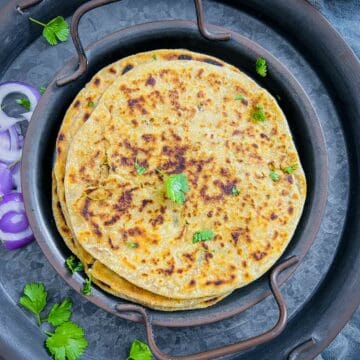
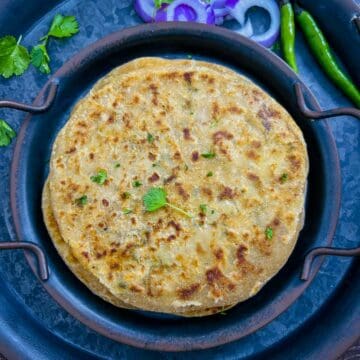
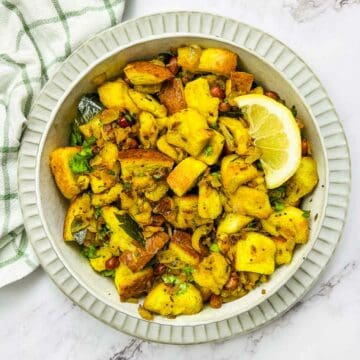
Comments
No Comments